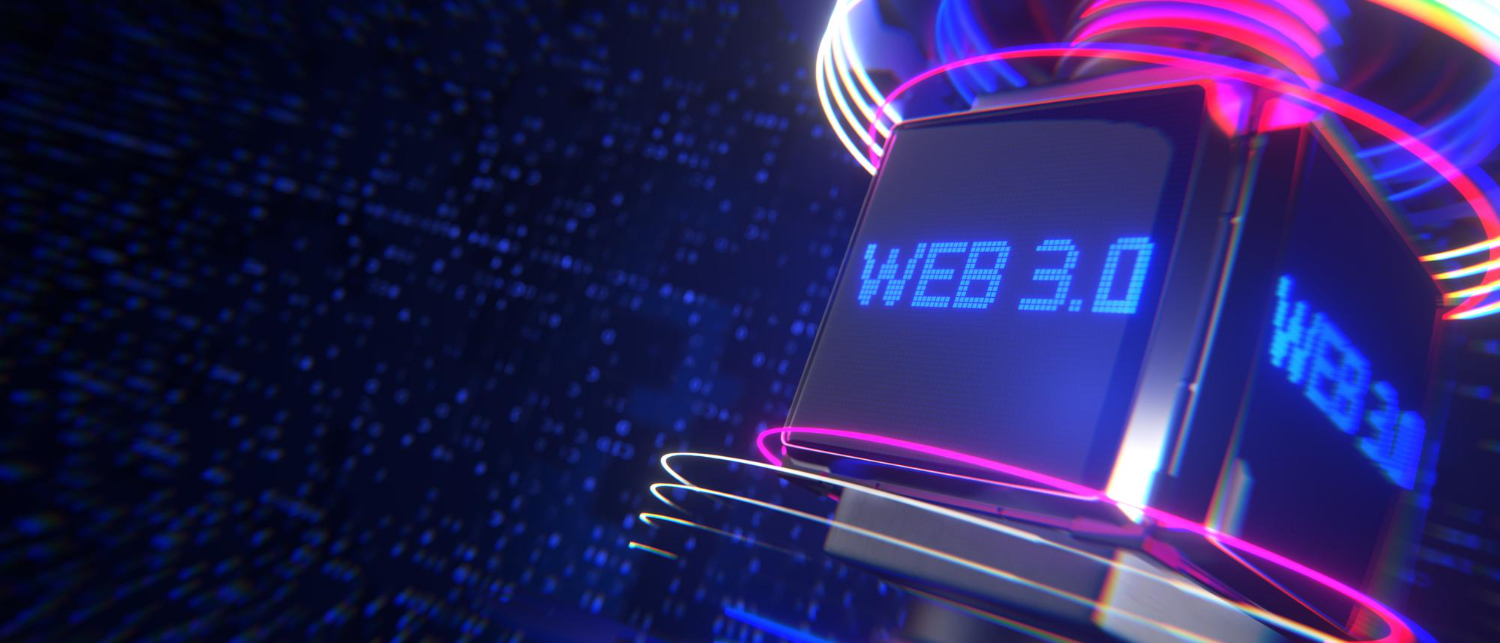The digital era is in full swing, and the web is constantly evolving. With the transition from Web 2.0 to Web 3.0, significant changes have been introduced, and it is important to understand the differences between the two.
Web 2.0 was designed with the idea of sharing information and providing content on websites. Common examples of Web 2.0 websites include YouTube, Facebook, Twitter, and Wikipedia. Web 2.0 is content-focused and emphasizes collaboration among users.
Web 3.0, also known as the semantic web, represents a further step in the evolution of the web. It is based on the concept of providing richer and more personalized information, relying on user data and knowledge. Web 3.0 focuses on interactivity and artificial intelligence.
The main differences between Web 2.0 and Web 3.0 are as follows:
- Web 2.0 is content and collaboration-oriented, while Web 3.0 is focused on interactivity and artificial intelligence.
- Web 2.0 emphasizes content publishing and sharing, whereas Web 3.0 centers around data creation and utilization.
- Web 2.0 is primarily web-based, while Web 3.0 relies on technologies such as artificial intelligence and machine learning.
- Web 2.0 is about creating links between users, whereas Web 3.0 is about systems that can learn and adapt to user behaviors.
- Web 2.0 is user-centric, while Web 3.0 is data and knowledge-centric.
In conclusion, Web 2.0 and Web 3.0 are two different technologies with distinct approaches. While Web 3.0 is still under development and evolving, it will bring significant technological advancements and even more personalized services tailored to users’ needs.

